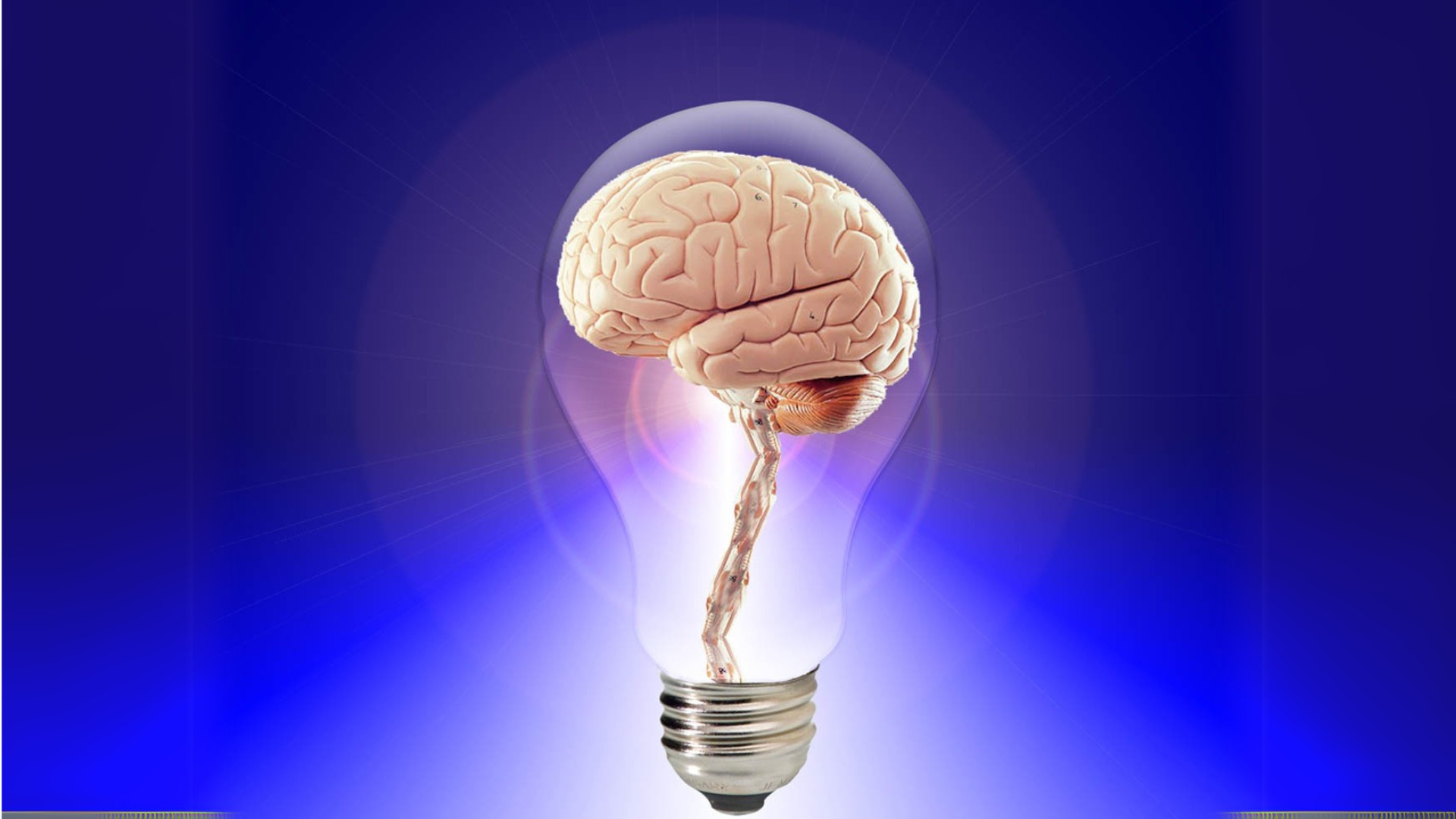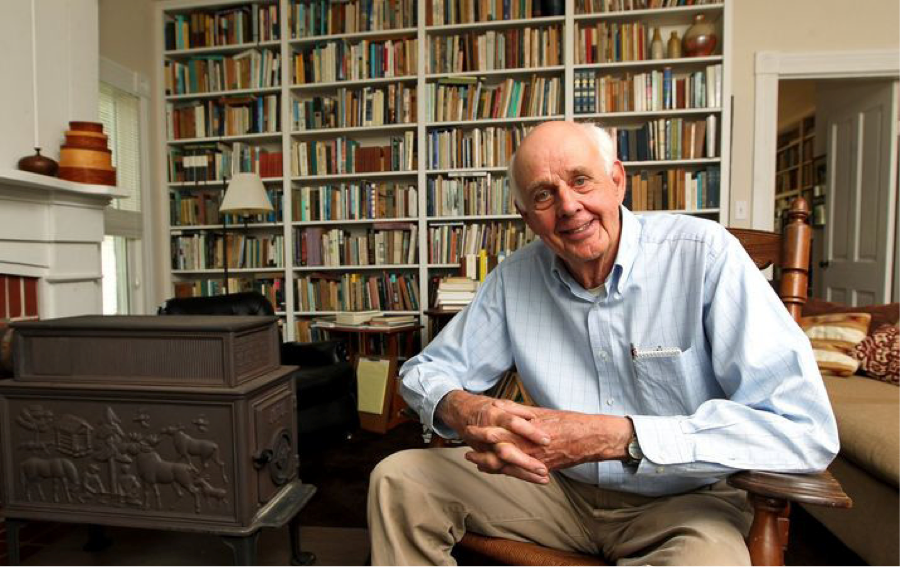Changing Minds is the culmination of a year of talking, thinking and doing since we began the neuroscience hybrid leadership pilot in July 2022.
We grounded Changing Minds in this ancient wisdom: “We cannot see the world as it is, we can only see the world as we are”. From this we framed; that the purpose of our brain is to maintain the gap between as the world is and as we are, close enough for our survival.











